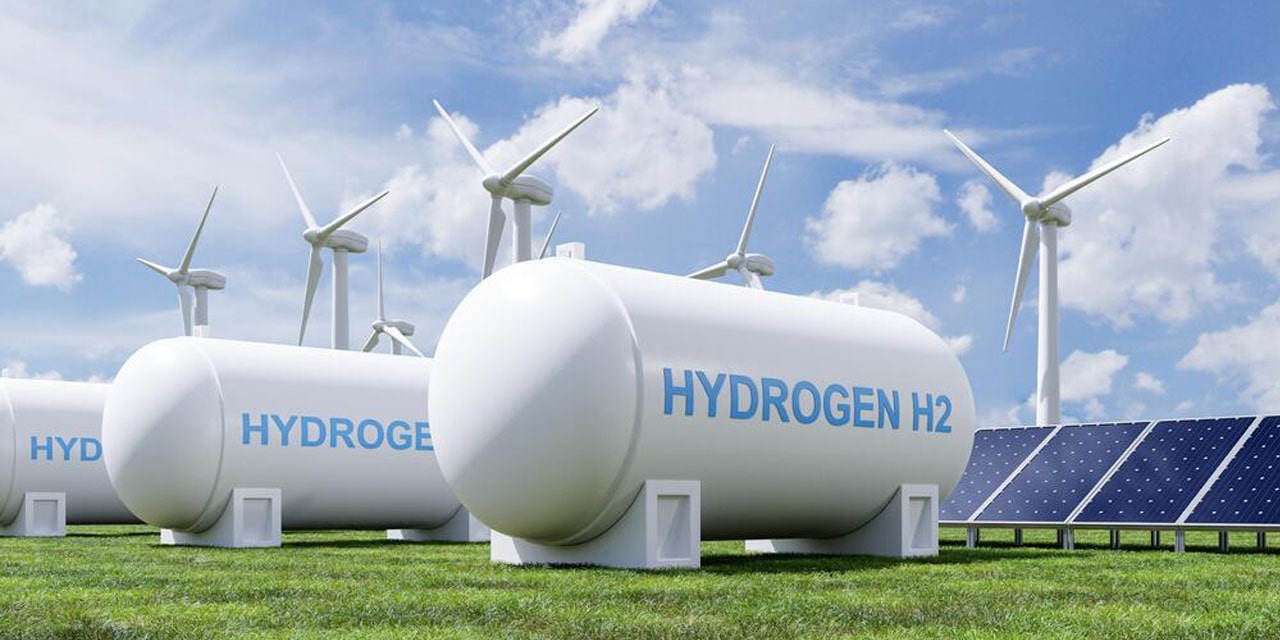Niël Terblanché
Electricity generated by wave energy will not only add to national generation capacity but also provide a more reliable alternative energy resource from which Namibia can tap to eventually become a net exporter of green energy.
To realize the goal, Kaoko Green Energy Solutions from Namibia and AW-Energy from Finland have signed a Memorandum of Understanding (MoU) to develop near-shore wave energy infrastructure for green hydrogen production in Namibia.
The plans are to construct a wave farm off the coast of Swakopmund which will enable significant cost reductions for new Green Hydrogen generation and production developments. The concept device developed by the Finish company is known as WaveRoller-X.
The development of the wave farm will contribute to Namibia’s potential to unlock more opportunities to meet global demands of 10 million metric tons by 2030 while playing a pivotal role in the energy security of the subregion.
The initiative supports the mutual intention to cooperate and explore knowledge-sharing opportunities for the development of clean and sustainable ocean energy resources, and the assessment phase of wave farm developments in Namibia.
According to the MoU, the deal will be delivered in phases.
Phase 1 that will include a detailed site design and cover the fabrication and deployment of a WaveRoller-X wave farm to deliver renewable power and support in-land resettlement and development.
The Second phase will assess the capacity for wave farms in several other locations in Namibia, while the final phase will expand wave energy plants to deliver power to the national electricity supply grid.
The wave energy will also supply cheap electricity for future desalination and green hydrogen projects.
Sacky Nalusha, the director of Kaoko Green Energy Solutions, said during the signing event that it is an open secret that the energy sector in Southern Africa is currently underdeveloped, creating opportunities for innovative solutions and partnerships that can grow the sector.
“The current energy shortages in the region have paved ways to explore alternative, untapped and sustainable energy sources. Ocean waves have the potential to provide a sustainable solution to our energy needs and demands,” he said.
Nalusha added that Namibia is aiming to become a green hydrogen superpower in the coming decade by positioning itself as a leader in emerging markets and an international exporter of green hydrogen.
He said that Green Hydrogen will be an important source of foreign investment and is important for the country’s energy security and transition.
“The government plans to use it extensively to decarbonize its own economy,” he said.
Namibia’s Green Hydrogen Council launched its green hydrogen strategy at COP27 and the plans support the country’s commitment to the Paris Agreement on climate change, with the ultimate goal of reducing emissions to net zero by 2050.
A critical part of Namibia’s growth in clean energy is the upskilling of the domestic workforce to maximize employment opportunities.
Christopher Ridgewell, the Chief Executive Officer of AW-Energy, said that Namibia possesses an energetic and consistent wave resource and that Namibia is very well positioned to utilize the benefits of wave energy to enable sustainable industries and jobs.
“The partnership with Kaoko is exciting. We enjoy working with Kaoko’s innovative team to support Namibia’s sustainability goals and it is an initiative that provides an excellent environment for deploying WaveRoller technology into Namibia’s energy mix,” Ridgwell said.
He added that AW-Energy is looking forward to demonstrating WaveRoller-X’s value in desalination and green hydrogen production.
“This MoU is designed to help facilitate ways in which the WaveRoller wave energy device and its technology can be manufactured and deployed using Namibians to support owner-operators in Namibia,” he said.
Ridgewell was of the opinion that wave energy combined with other renewable energy sources such as solar and wind will significantly reduce the production cost of Green Hydrogen.
Each WaveRoller-X device is rated at 15 kilo Watts per unit and operates at an estimated capacity factor of 30 to 40 percent.
Once deployed in the ocean as a single system, the plants planned by the two companies will eventually be able to deliver 200 Mega Watts of electricity per year to communities onshore.




